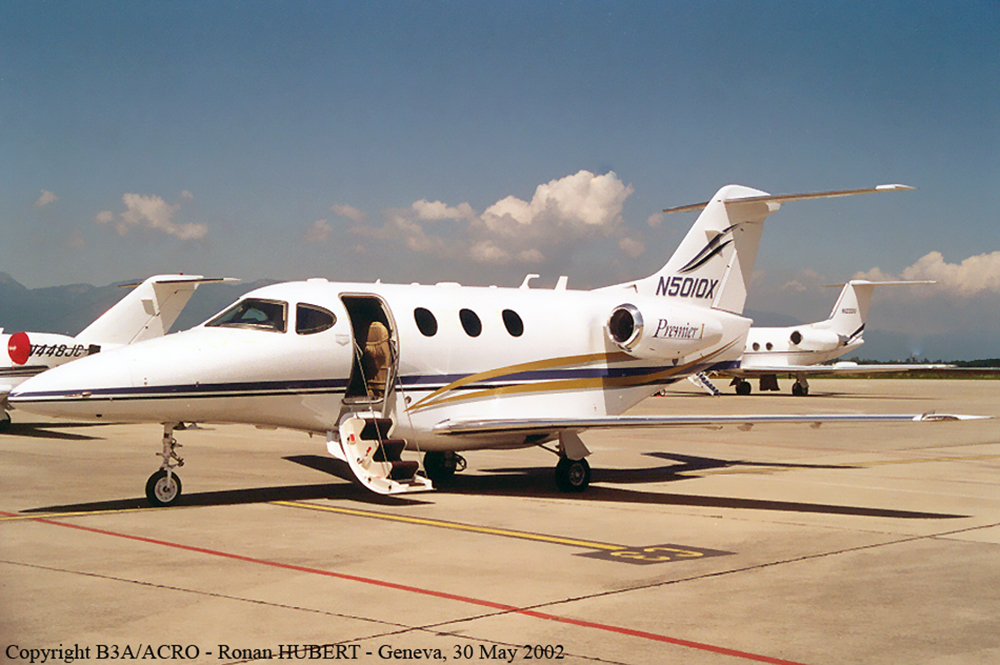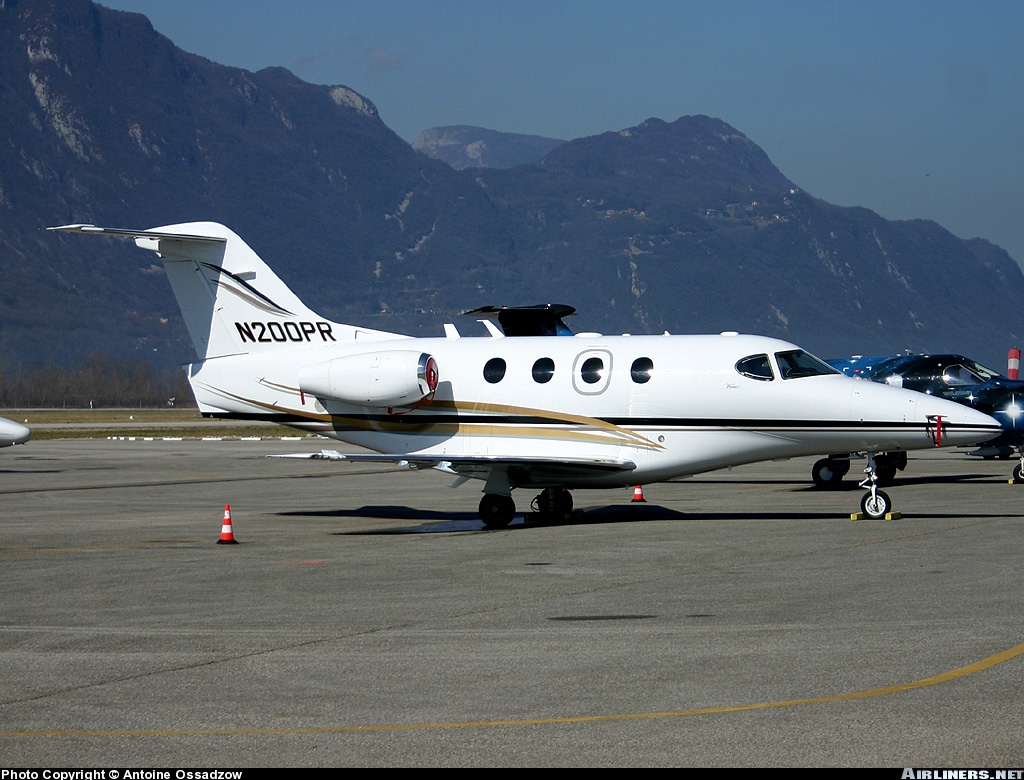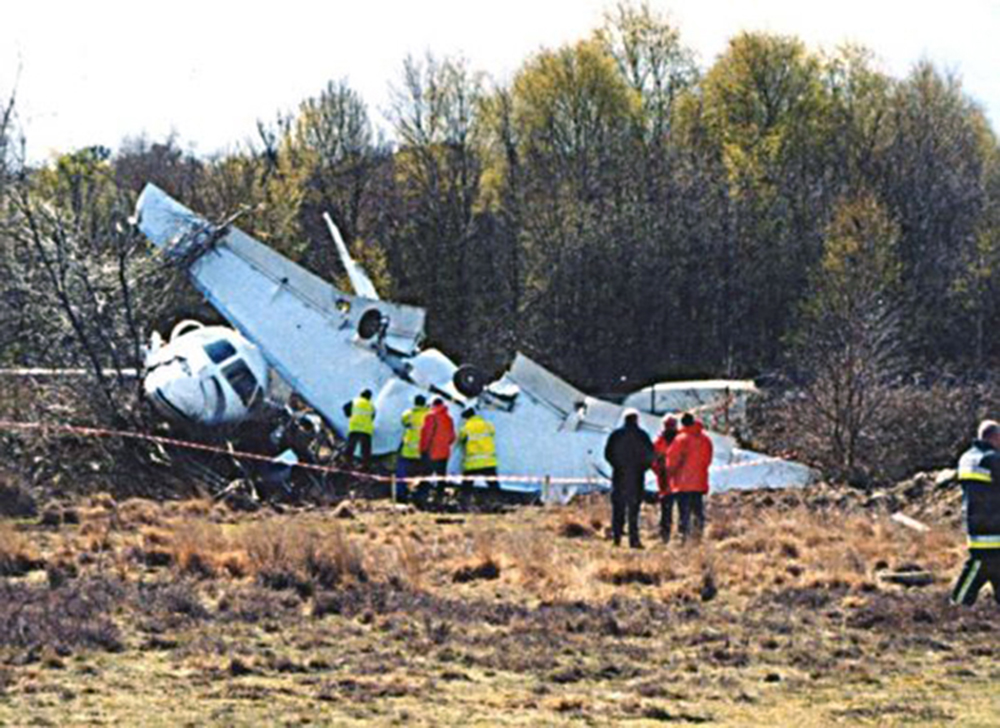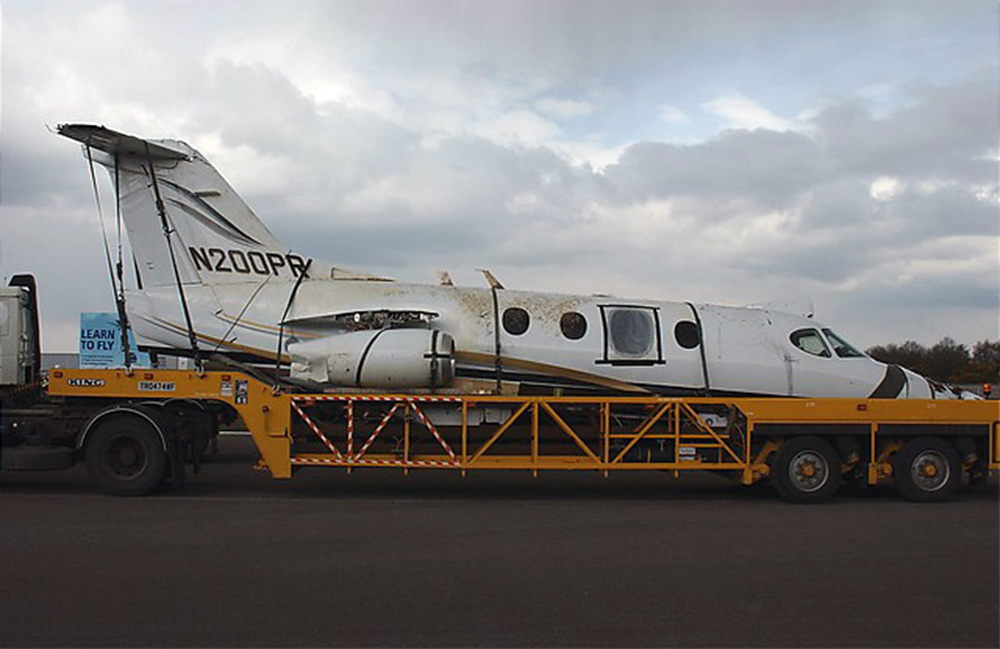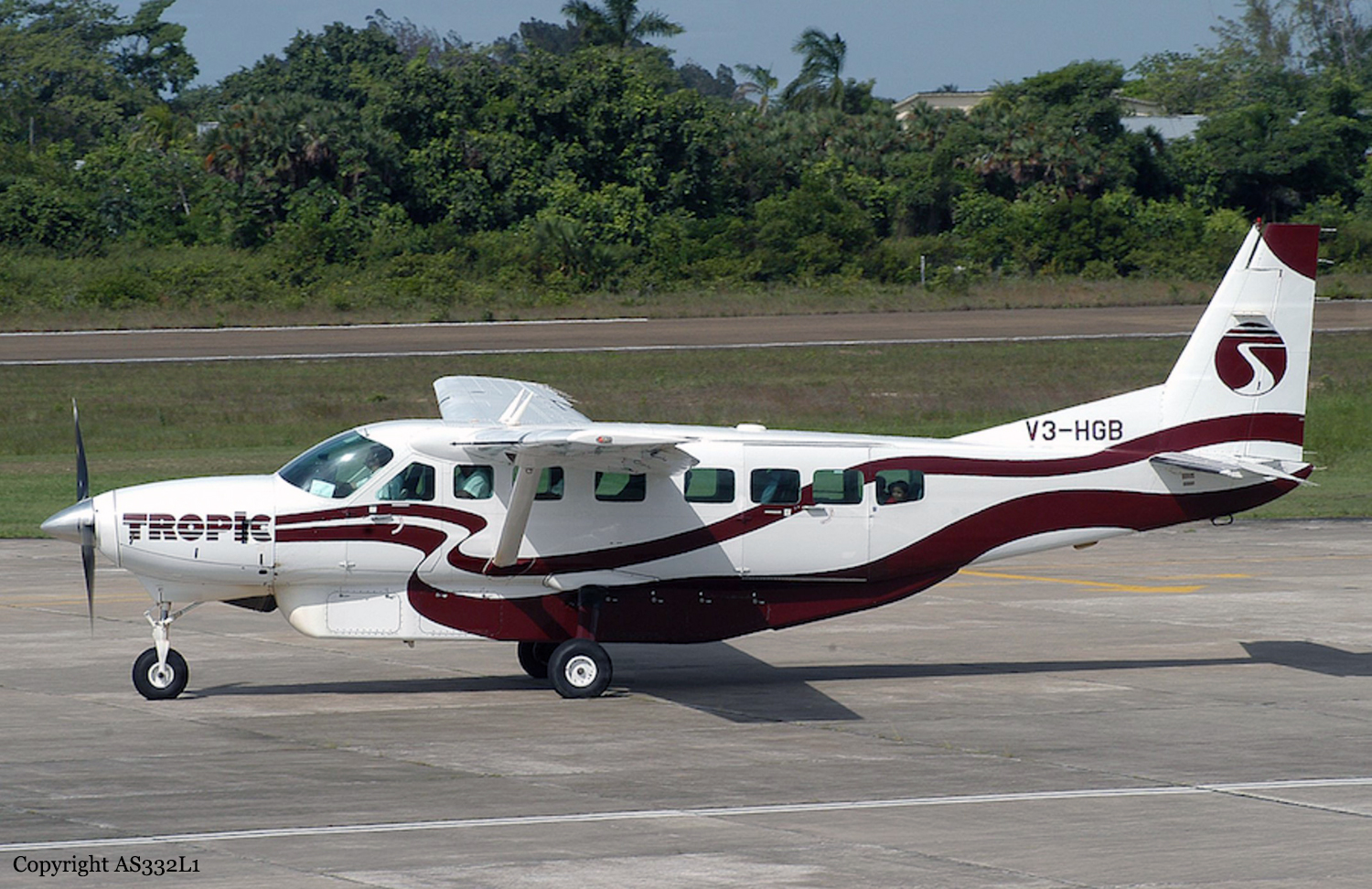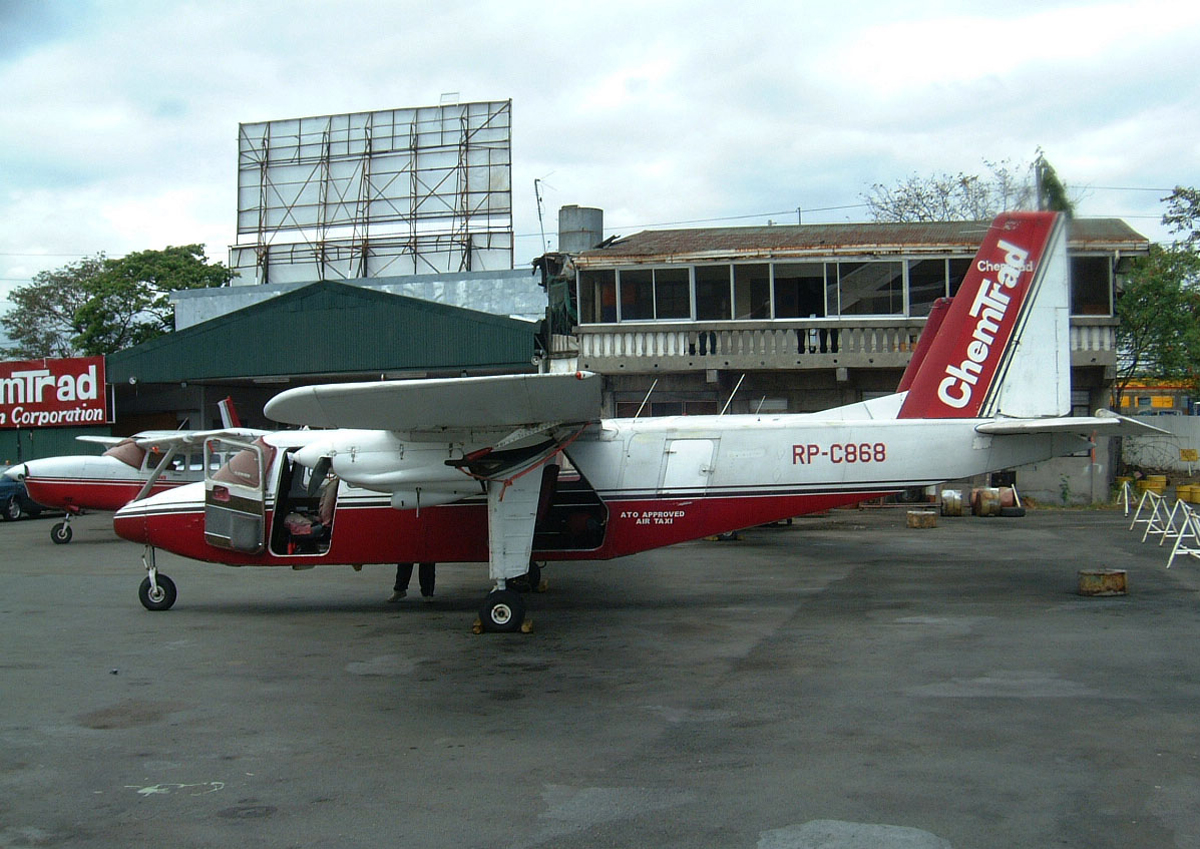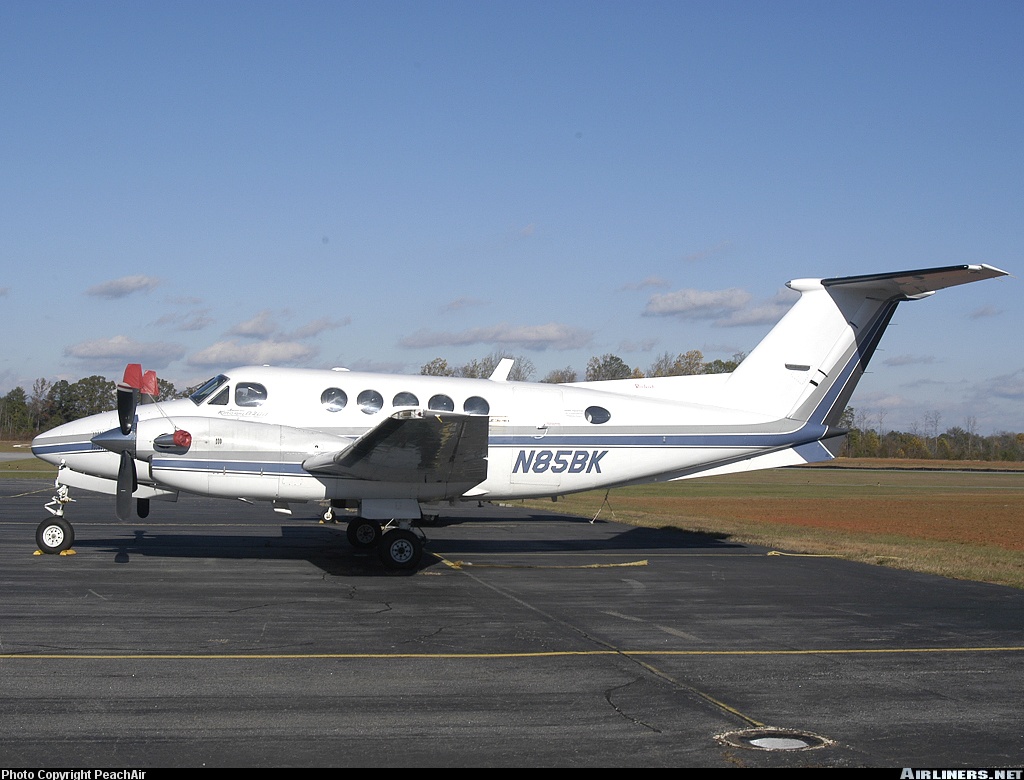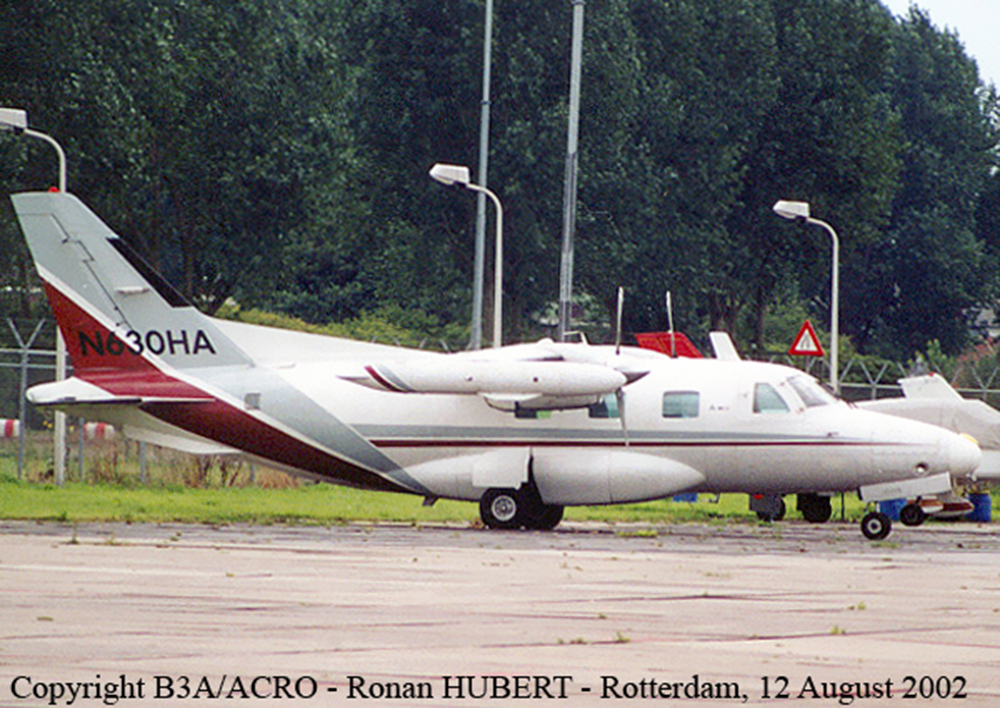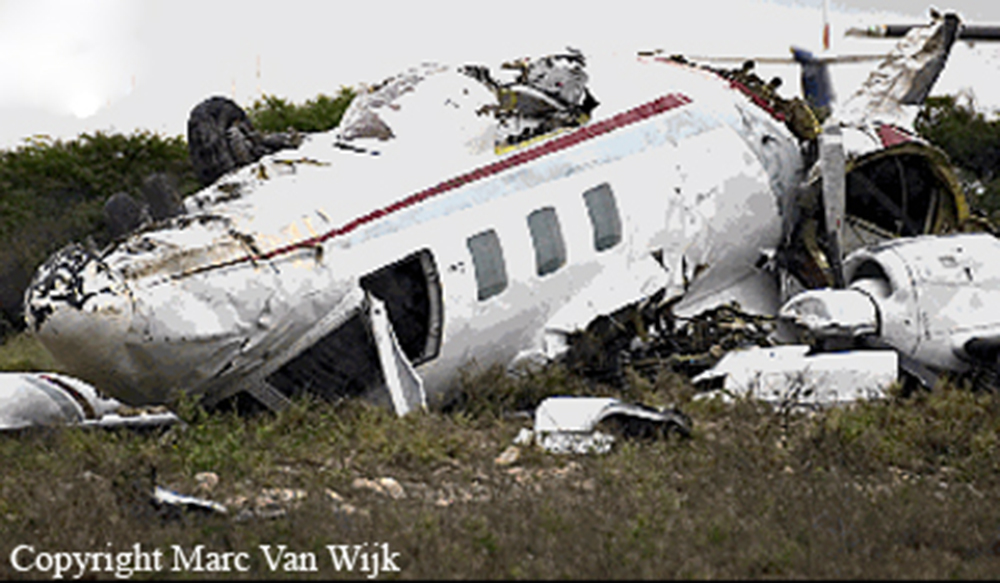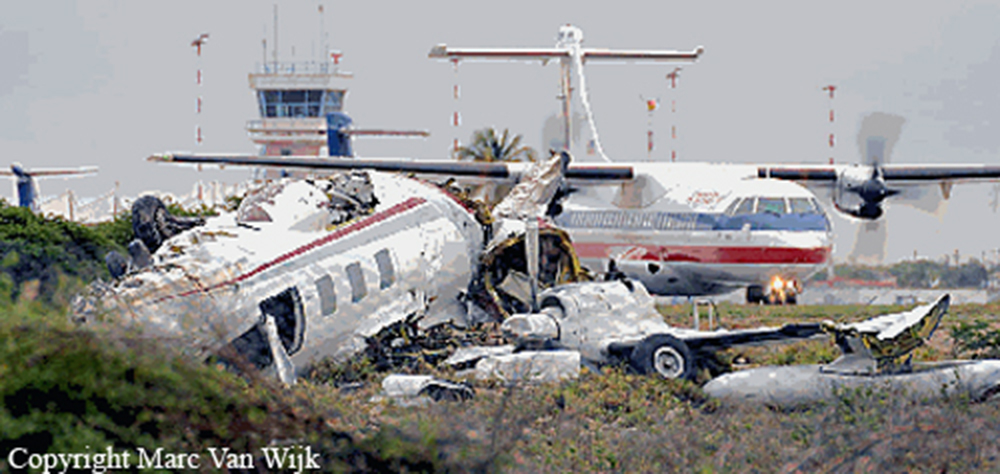Crash of a Beechcraft 200 Super King Air near Rupert: 2 killed
Date & Time:
Jun 13, 2004 at 0830 LT
Registration:
N200BE
Survivors:
No
Schedule:
Summerville – Lewisburg – Charlotte
MSN:
BB-832
YOM:
1981
Crew on board:
2
Crew fatalities:
Pax on board:
0
Pax fatalities:
Other fatalities:
Total fatalities:
2
Captain / Total hours on type:
1500.00
Copilot / Total hours on type:
400
Aircraft flight hours:
9449
Circumstances:
An IFR flight plan and slot reservation were filed for the planned flight over mountainous terrain. The flightcrew intended to reposition to an airport about 30 miles southeast of the departure airport, pick up passengers, and then complete a revenue flight to another airport. The airplane departed VFR, and the flightcrew never activated the flight plan. A debris path was located, consistent with straight and level flight, near the peak of a mountain at 3,475 feet msl. Examination of the wreckage did not reveal any pre-impact mechanical malfunctions. Instrument meteorological conditions prevailed near the accident site, about the time of the accident. Further investigation revealed the aircraft operator was involved in two prior weather related accidents, both of which resulted in fatalities. A third accident went unreported, and the weather at the time of that accident was unknown. Over a period of 14 years, the same FAA principal operations inspector was assigned to the operator during all four accidents; however, no actions were ever initiated as a result of any of the accidents.
Probable cause:
The pilot-in-command's improper decision to continue VFR flight into IMC conditions, which resulted in controlled flight into terrain. Factors were the FAA Principle Operations Inspector's inadequate surveillance of the operator, and a low ceiling.
Final Report:


